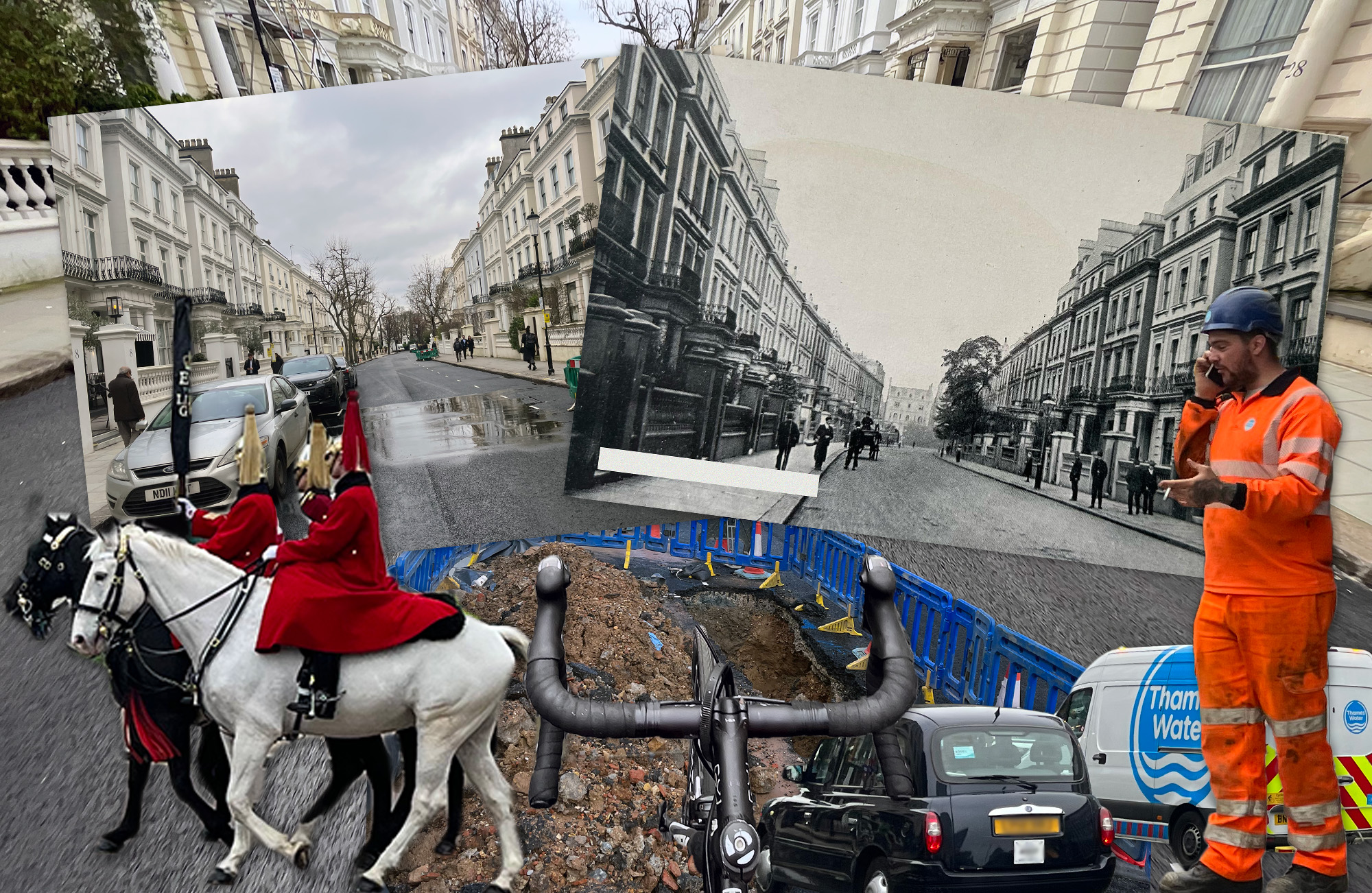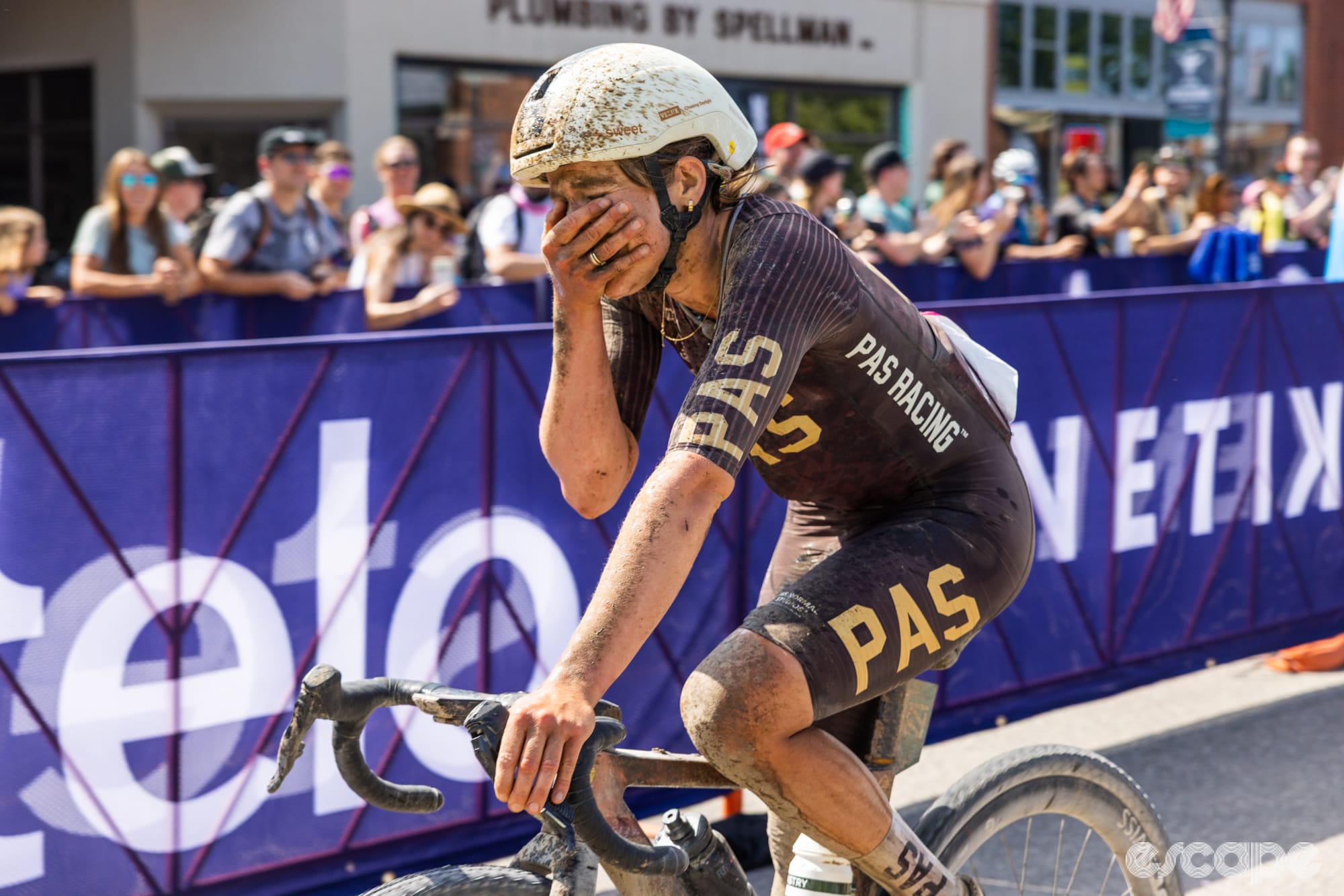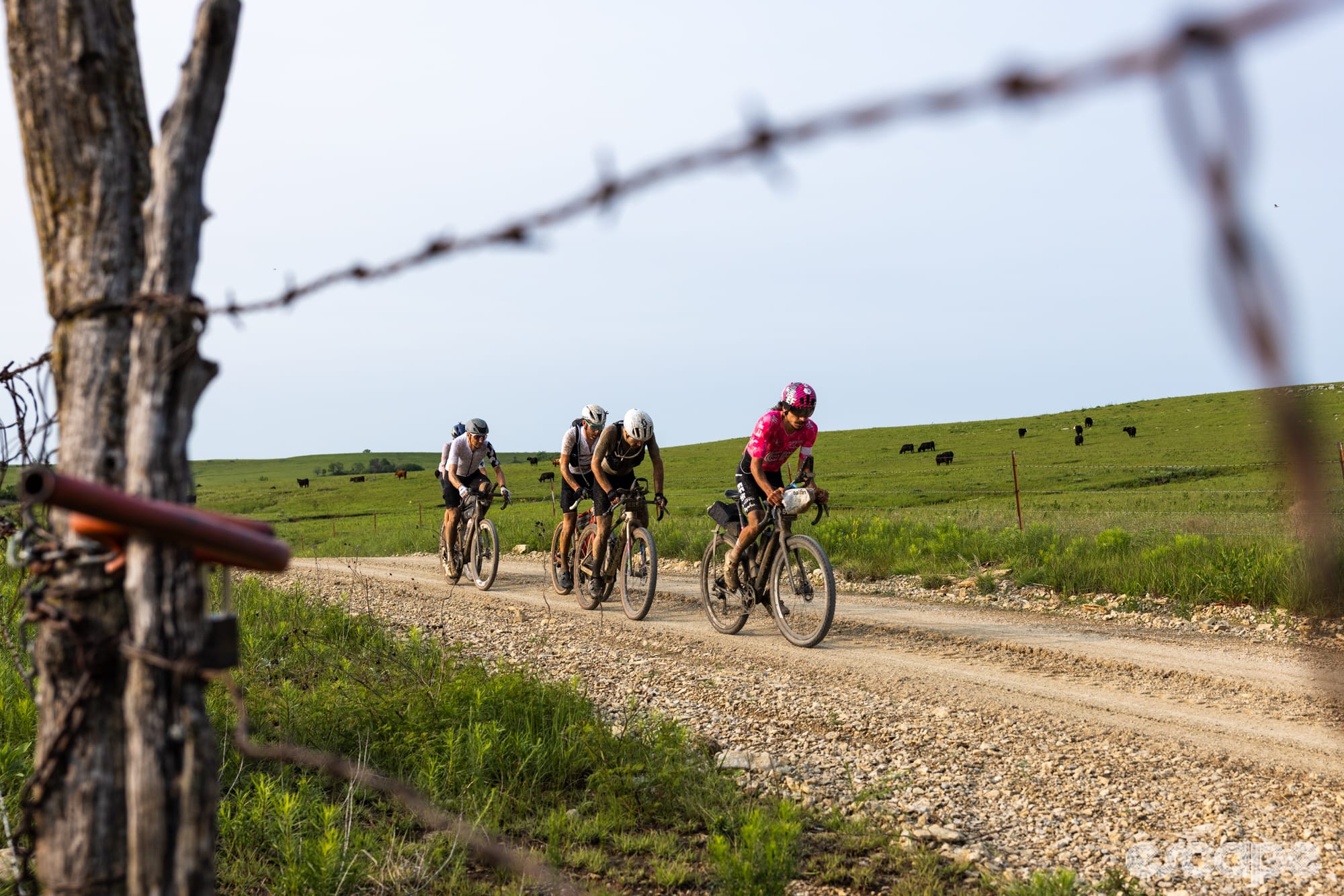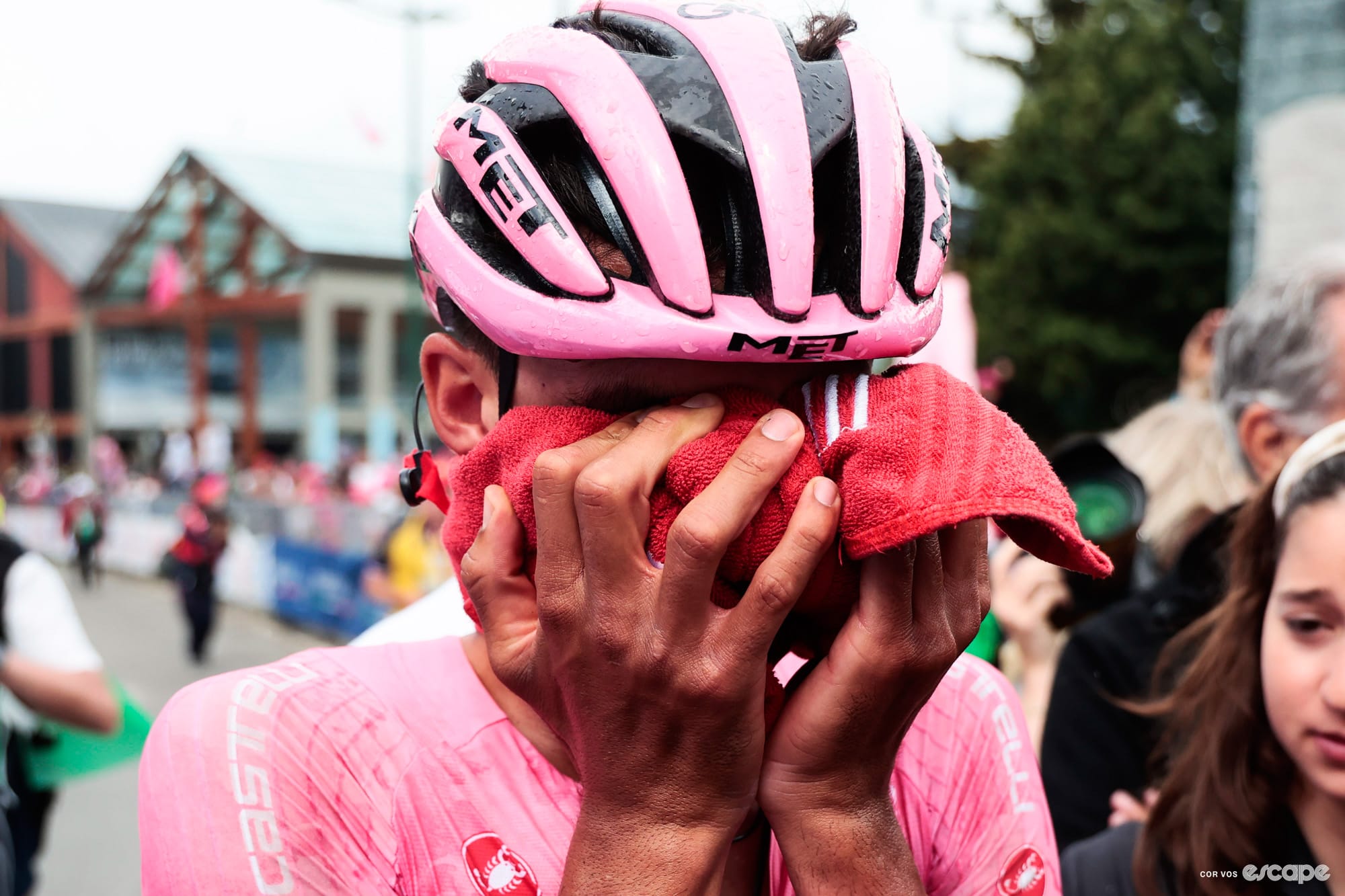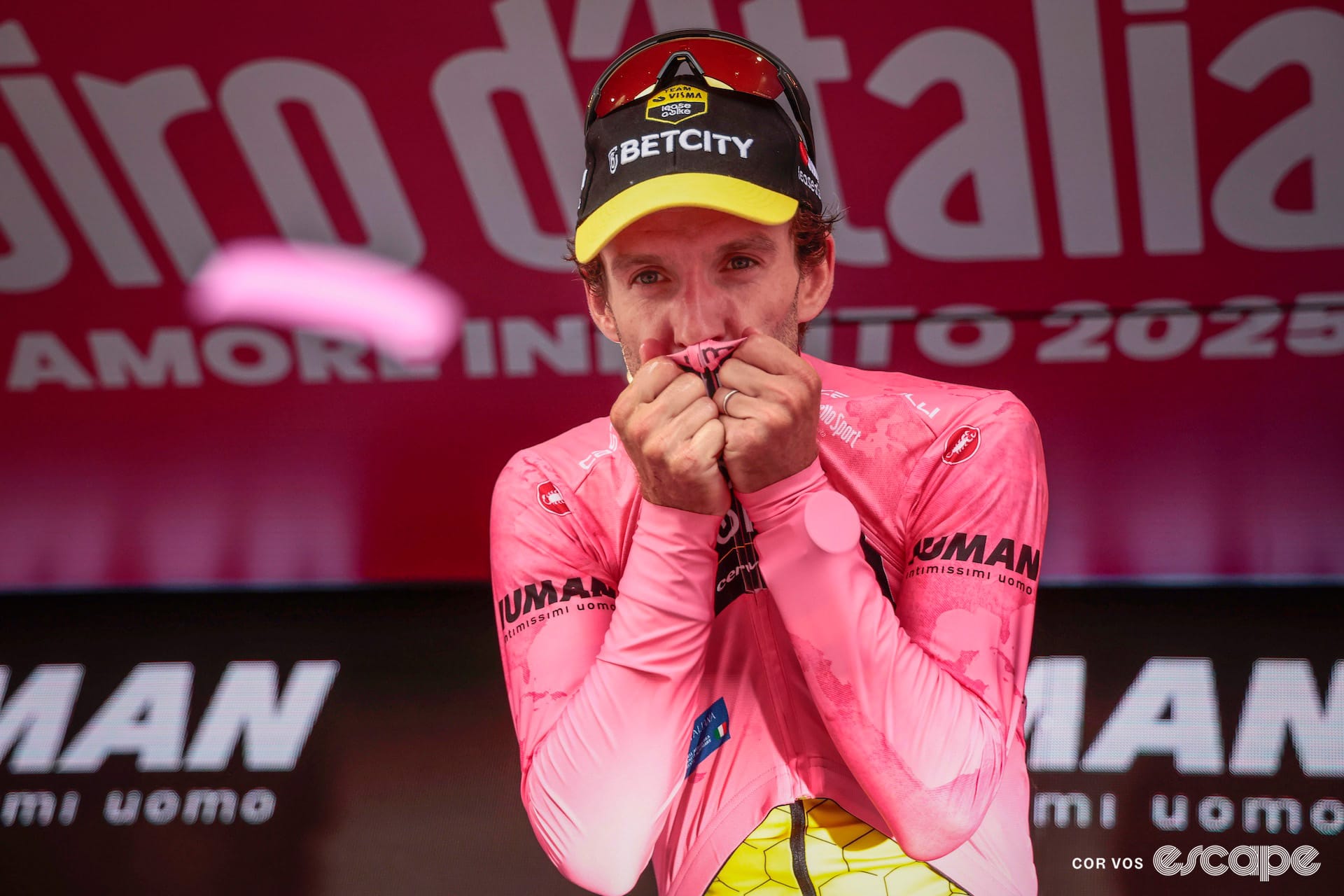"Does anyone know what that rumbling is?" a housemate asks on the group chat I'm reading soon after waking up. "It's literally making my room shake."
Indeed, there is a low thundering outside. I peer out of my semi-basement, like something out of Parasite but without the Oscar nomination, and indeed there's an asphalt roller passing behind the green barriers that have sprung up and now line the street.
"The road was fine?" someone else adds, from somewhere across the three classic West London townhouses that were one day smashed together to internally make a rabbit warren that housed students from Imperial College. These days, it's rented out to whoever has £500 a month and doesn't mind trading slightly squalid conditions for walking out the front door into the beating heart of the city.
"They probably do it every year," answers another. The council likely has more than enough money considering the 6,400 residents of this W2 postcoded pocket of Notting Hill in the Kensington and Chelsea borough collectively received more capital gains than the 1.4 million combined population of Manchester, Liverpool and Newcastle. Well, the 6,399 other residents of Notting Hill did.
Stella McCartney, daughter of both Beatle and vegetarian sausage empress, lives opposite, and like others would have had the inconvenience of moving her car out of the street so the probably-not-essential work could be done.
On my walk home down the road that evening, the roller has disappeared. The road is ready but the barriers remain. Some people can't wait to try it out and clamber over the blockade to walk on it for the first time. Children peer over, knowing their parents wont allow them on. A gap appears and I take a couple of steps. The thrill of the unexplored, no matter how mundane.
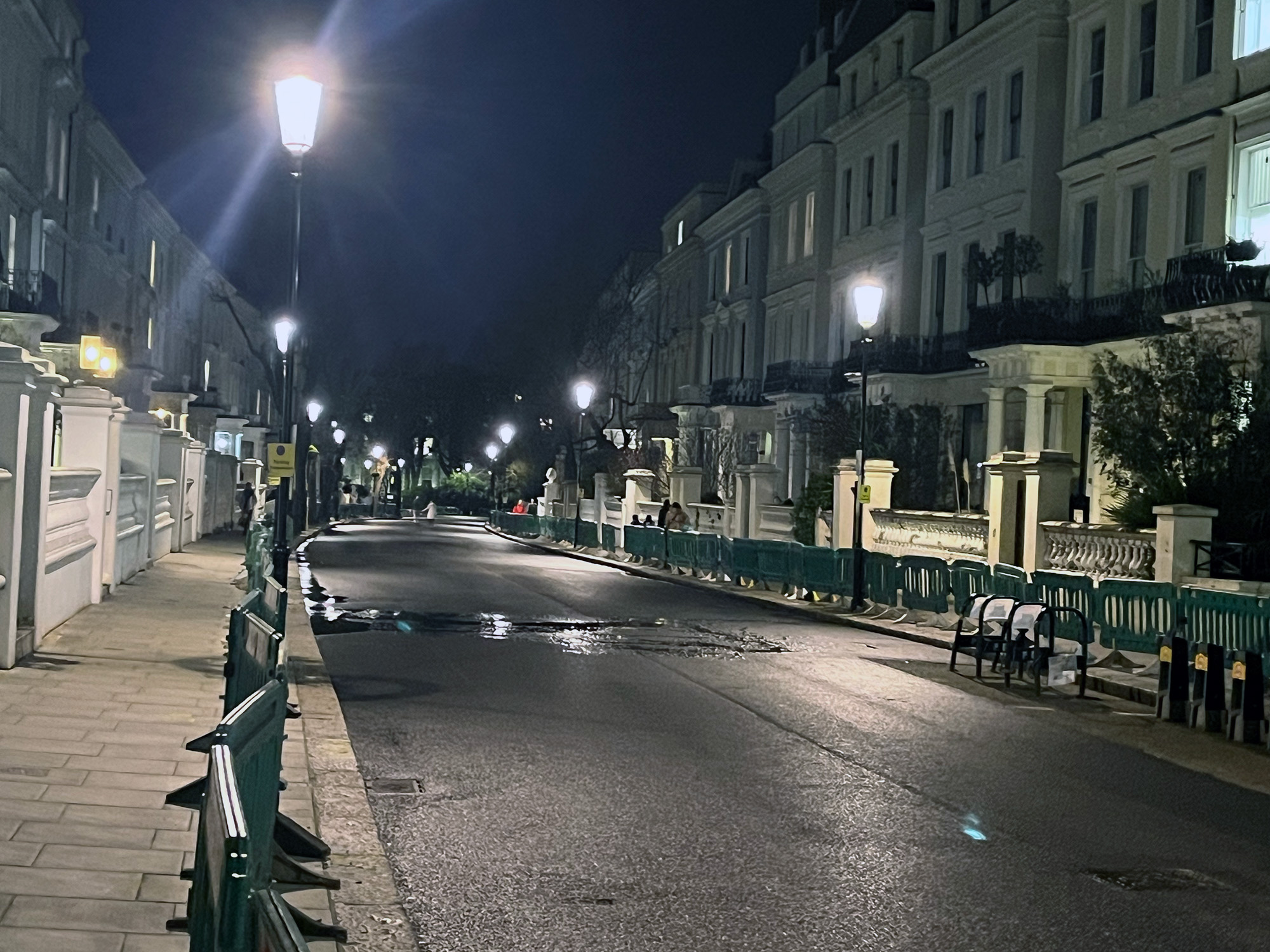
I set an alarm for early the next morning. At 10.30 PM, a truck turns up to take away the barriers, its orange safety lights pulsating through my window. Tomorrow, I will be one of the first people to ride a bike along this latest iteration of a road first built in the 1850s.

***
I don't ride my bike as much as I would currently like to. I could blame work; I could blame the fact Hyde Park has become overrun with roller bladers who don't look where they're going, or the drivers of Regent's Park who think it's their God-given right to turn left without checking the wing mirror, but really it's because to get my bike out of my basement involves squeezing it around a doorway exit no wider than half a metre, then up a narrow flight of stairs and through four more sets of doors until I'm out on the street. This sounds, and is, pathetic. It does mean, however, that when I decide I want to go for a bike ride, it must mean I really want to go for a bike ride and the resulting couple of hours are glorious.
I emerge outside into the March sunshine. Most of the barriers are gone and the fresh asphalt smell lingers in the air. I clip in whilst still on the pavement so that when I clunk down off the kerb it's my tyres that are the first to taste the new surface.
It's quiet. The lack of traffic and smoothness of road combining for a brief interlude of silence. I begin pedalling up and down the 100m stretch of newly surfaced road, the usually-parked cars still absent, allowing for full about-turns whenever I damn well please.
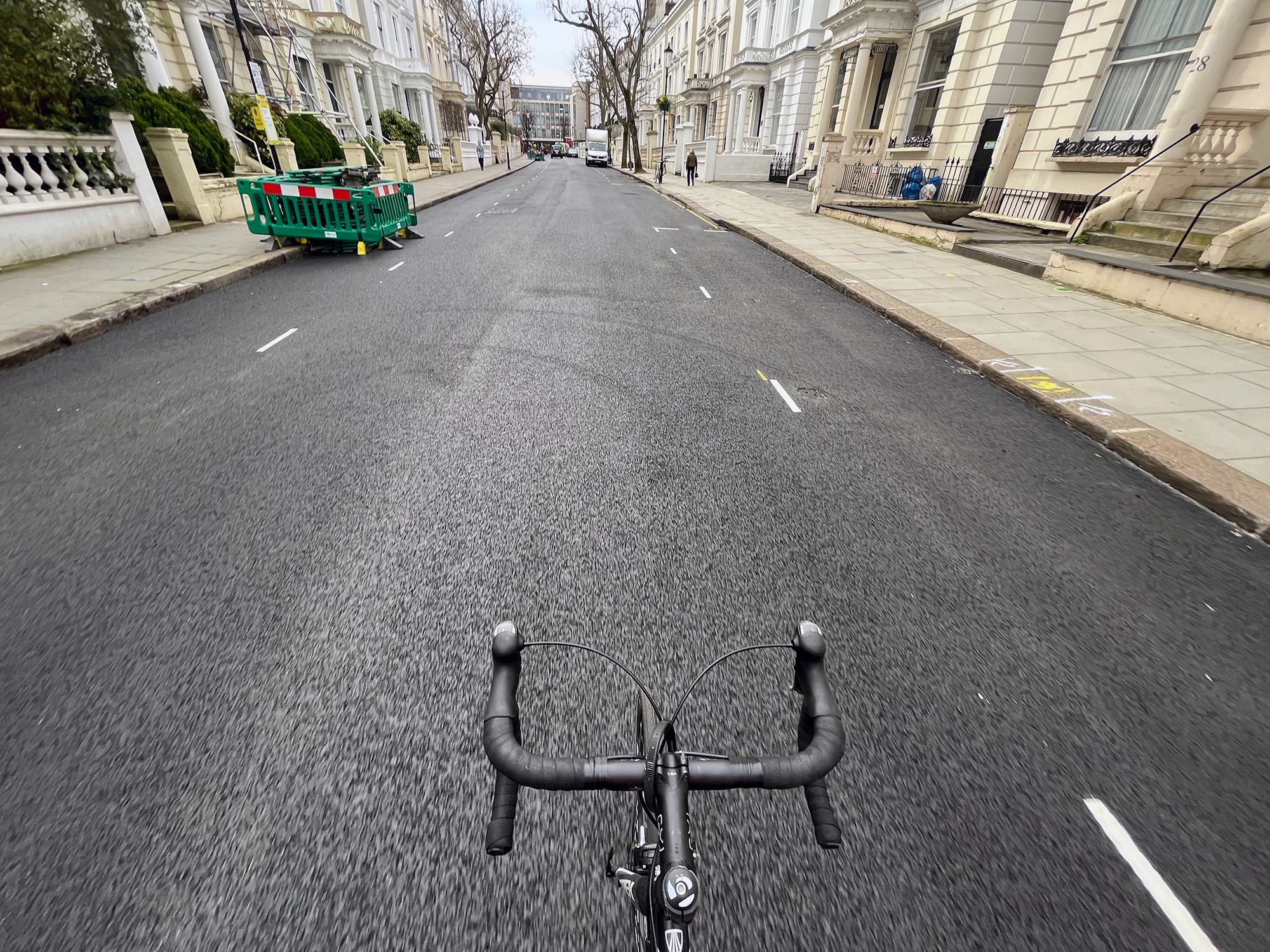
At one end is the T-junction leading to the main thoroughfare that carries you all the way into central. The Boris bikes usually stationed at the end have been temporarily removed, the docks spared from a tarmac-ing, and down the other end there is also evidence of what the road used to be like, already forgotten beneath its new, shiny black sheen. The lip separating them drops in an almost precipitous fashion; such is the dissonance of landing onto a rougher layer that, until this morning, I would have had no complaints about.

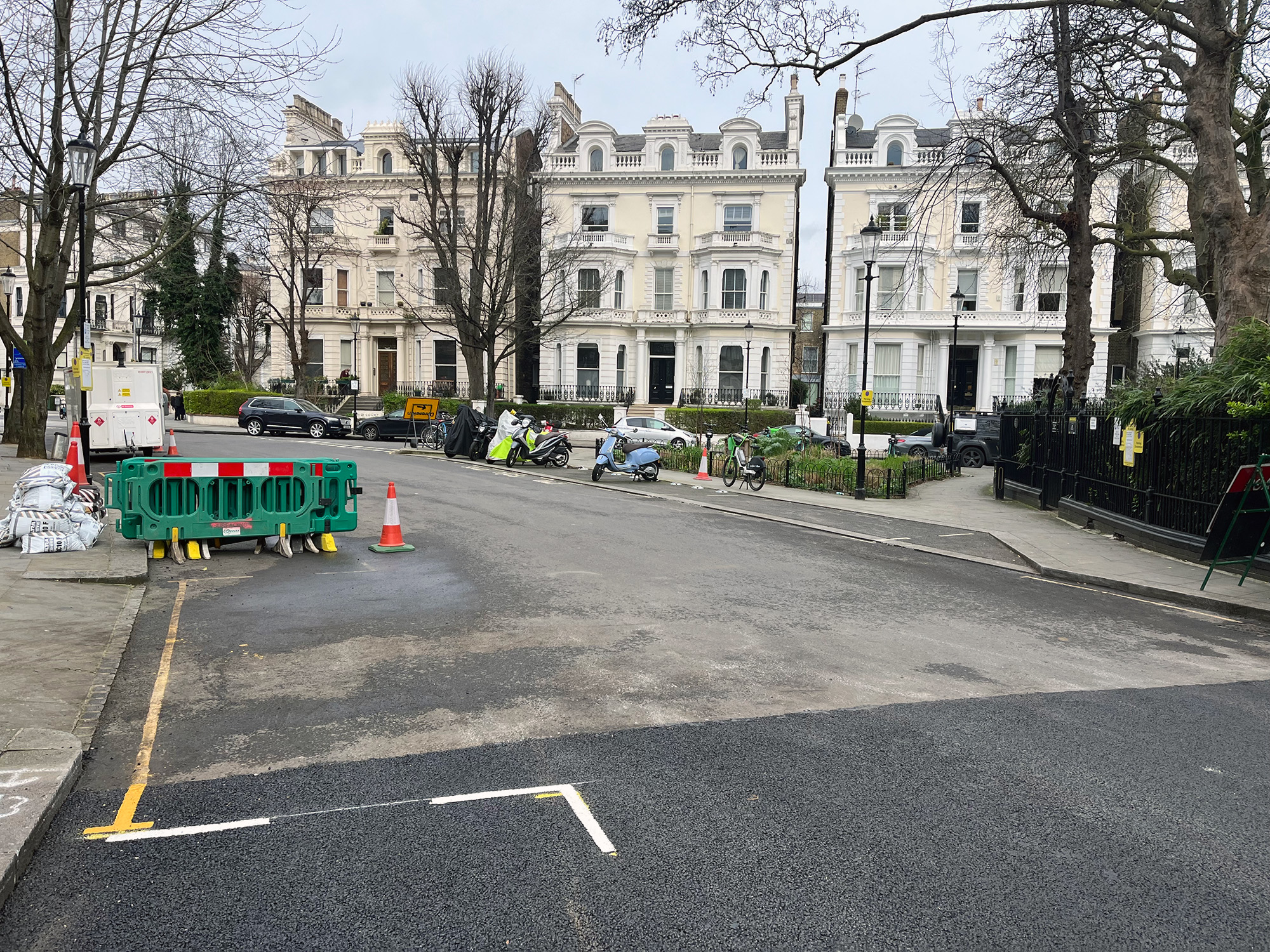
There is a depth and almost weightlessness to this new layer of road. The lack of vibrations and sound mean your other senses seem heightened, the fumes still wafting out of the ground with the work only just done. You feel the bike instead of what's underneath it. When was the last time you really thought about what you were truly, physically feeling beneath your wheels?
I pedal out, past the Tube station at the T-junction. Suddenly I'm noticing the inadequacy of every other road. Strips of differently coloured tarmac that have been excavated to fit a new pipe and then re-laid, different blocks with either more or fewer speckles in it, charting the various eras of road construction. Do the people who laid them sometimes pass by and look down thinking "I did that"?

All the way past Hyde Park, hanging left to cut across the Euston Road to arrive at Regent's Park, resplendent with the giraffes and zebras of London Zoo, which backs onto it. The BT Tower thrusts out towards the sky. A telecommunications tower built by the General Post Office in the 1960s to beam out messages to the rest of the country, it was the tallest building in the capital until 1980. Earlier this year it was announced it had been sold and will be turned into a hotel. During that hazy mid-ride daydream state you fall into after half an hour of pedalling, I decide it would be number one on my list of places to wait out the apocalypse.

Looping back through Hyde Park, I bump into members of the Household Cavalry Mounted Regiment, making their way to take over ceremonial guard duties, a corps whose legacy can just about be traced back all the way to 1660.

Blessedly, all the rollerbladers are at work, because it's a Wednesday and there is marketing and HRing to be done, £8 salads to be eaten at desks. The tourists are somewhere else too. Craning their necks somewhere, looking at old shit, ordering fish and chips at pubs that have no right serving what they are generously calling fish and chips.
Back onto my road and the tarmac is no longer mine. Cars, people and other bikes begin its degradation. I had my chance and took it. Until next March, at least.
In the days and weeks that follow from that morning of quiet bliss, chaos erupts on the road. Water starts leaking in the place where gutters should normally run, skimming over the surface, sprouting up from beneath the new top layer. Barriers are re-erected, decades of council-funded strata upturned to find the cause of the problem. One night, whilst unattended, water pools right to the surface. Chuck some goldfish in there and call it a Damien Hirst, sell it off and pay for yet more new road.
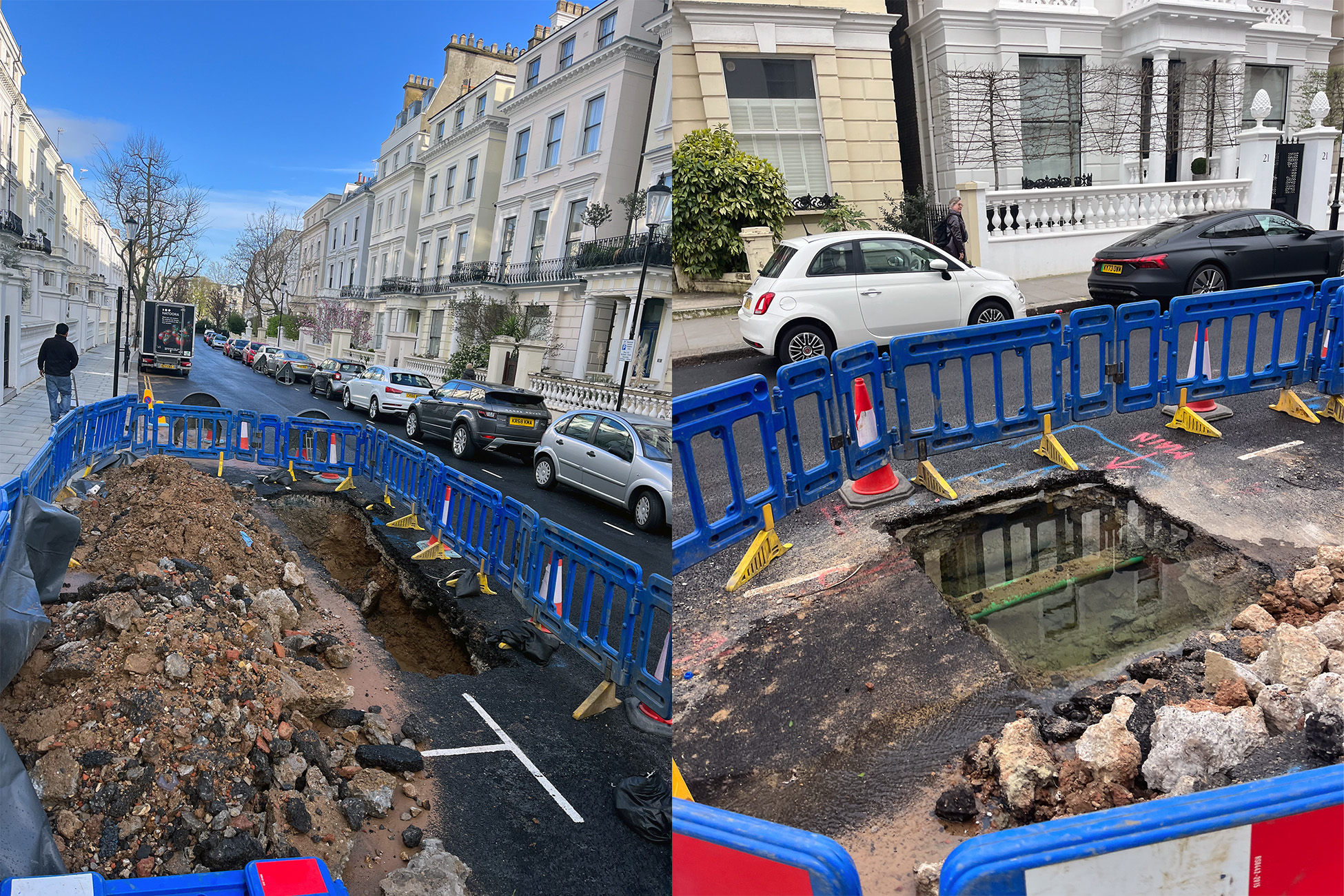
Things soon escalate. I leave the house one morning to water flowing all the way across the street past me. At the top is a man in orange overalls effing and jeffing, cigarette in tattoo'ed hand, explaining to someone on the phone what exactly the "farcking" problem is. Behind him, a small fountain of watery hope amongst the gridlocked traffic.
"We're making improvements," reads the sign put up by Thames Water. Similarly, Thames Water spent 79 of the first 100 days of 2024 pumping raw sewage into London's river. We're now up to day 169 of the year and I wonder if they've kept up the pace.

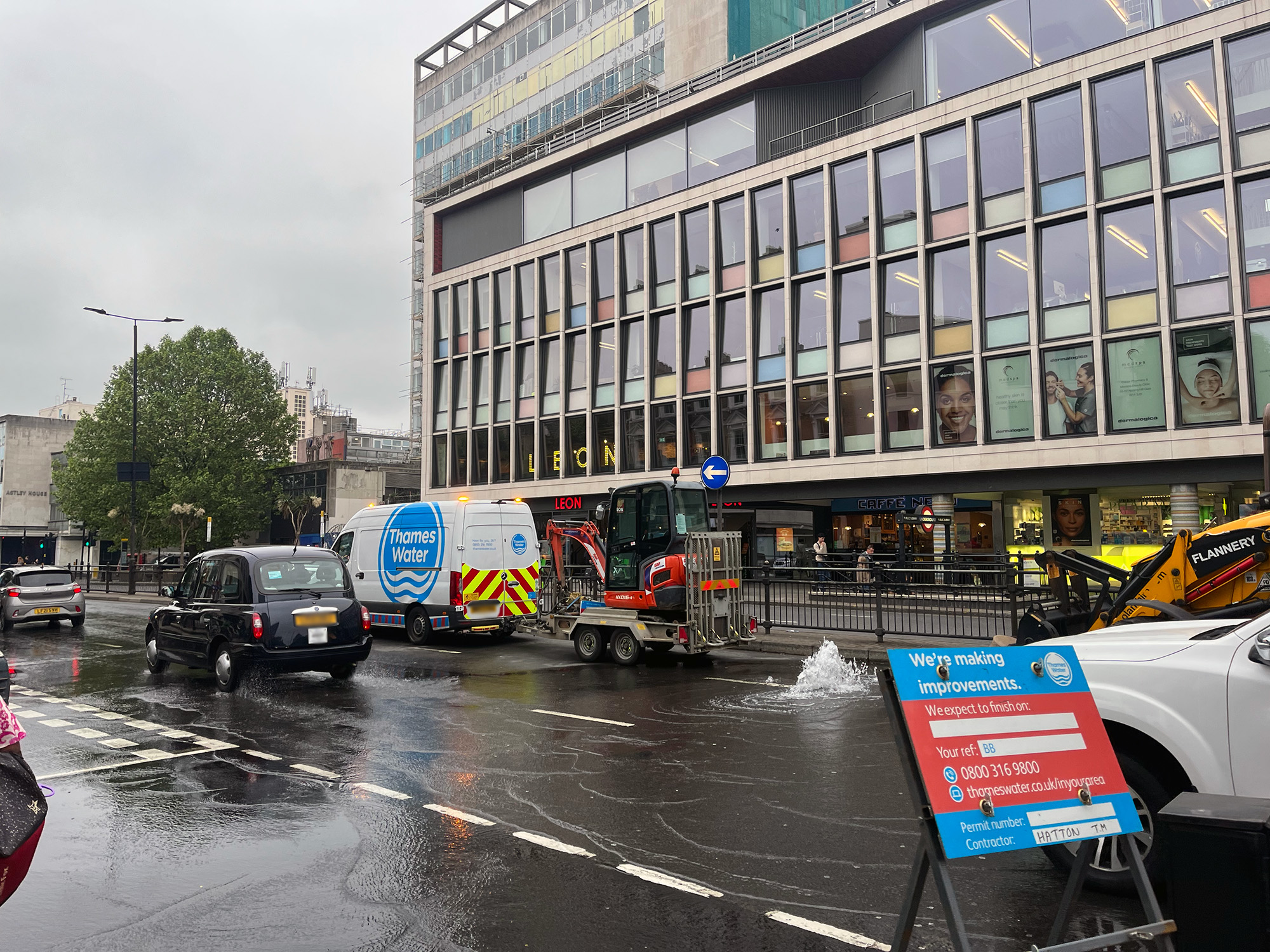
***
There is no moral to the story, just a lived environment that it pays well not to react to. Go out for a ride, leave it all behind.
I'll fill my bidon with bottled water, thanks, and be on my way. Off to find another new stretch of fleetingly uncharted capital city tarmac.
Did we do a good job with this story?

